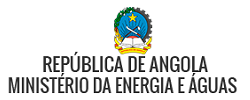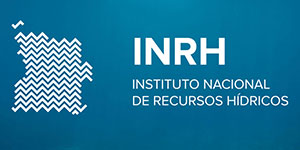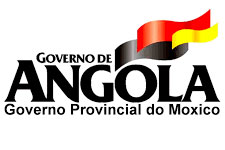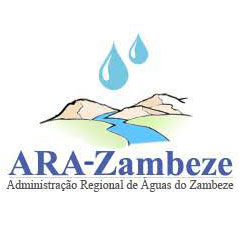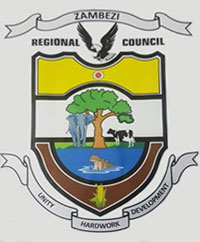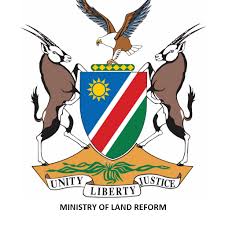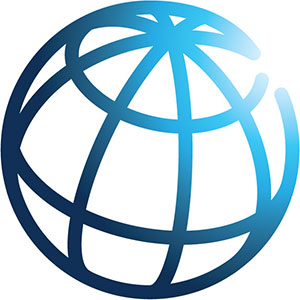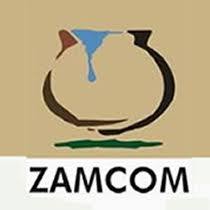The Zambezi basin
Overview
The Zambezi basin is the fourth largest river basin in Africa and it is one of the most naturally and culturally diverse regions of the Southern part of the continent. The waters from the Zambezi river and its tributaries run through eight countries – Angola, Botswana, Namibia, Zambia, Zimbabwe, Malawi, Tanzania, and Mozambique, and sustain the livelihoods of 47 million people. Characterized by strong climate variability, the river and its tributaries are subjected to strong seasonal changes, with a pronounced cycle of floods and droughts that have huge impacts on the livelihoods and the economies of the basin.
The Basin has large opportunities for economic development but these also come with risks. The economic opportunities are closely linked to the untapped hydropower potential, which could secure access to electricity in a region where currently less than 26% population has access to clean energy, but also unlock and support the much-needed industrial development in a basin where close to 50% of its inhabitants is still in extreme poverty.
Such opportunities, however, pose numerous risks on the environment, due to the transformation that large scale hydropower would have on the hydrological landscape, the wetlands and associated eco-tourism sector; and equally important, on the majority of the rural whose livelihoods are closely connected to the Zambezi water flows. Alongside, irrigation development has a large potential and it is a key government priority in many riparian countries, and if materialized it will decrease the energy production associated with hydropower.
Sustainable Development Goals
Where are we standing today?
Key Nexus Challenges
Stakeholder engagement
The project team has work in close collaboration with The Zambezi Watercourse Commission (ZAMCOM). This basin organization was established in 2014 as an inter-governmental organization that brings together 8 Riparian states that share the Zambezi River Basin (Angola, Botswana, Malawi, Mozambique, Namibia, Tanzania, Zambia and Zimbabwe).
ZAMCOM has recently finalized the drafting of the Strategic Plan for the Zambezi Watercourse. The strategic plan was approved in February 2019 and it will be implemented – under the coordination and guidance of ZAMCOM – by the 8 riparian countries. This in turn creates a need for different tools to enable a smooth coordination and ensure collaboration on transboundary issues. In an attempt to support ZAMCOM’s mission, ISWEL has generated a number of future basin scenarios and policy tools to explore alternative options to achieve the water-energy-land development targets, assuming different country priorities and future climate and socioeconomic changes.
The co-development of the scenarios and tools has been done in close collaboration with the National Stakeholders Committee of the Zambezi Basin, which includes national government and non-government representatives from different riparian countries:
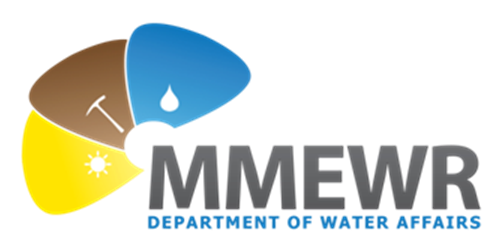 |
Department of Water Affairs |
| Department of Crop production | |
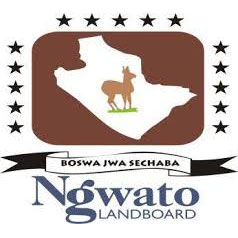 |
Ngwato Land Board |
 |
SARDC |
| Department of Water Resources Planning and Management | |
 |
University of Zimbabwe |
Workshops and meetings
The consultations with the Zambezi stakeholders consisted of three workshops and a number of bi-lateral meetings:
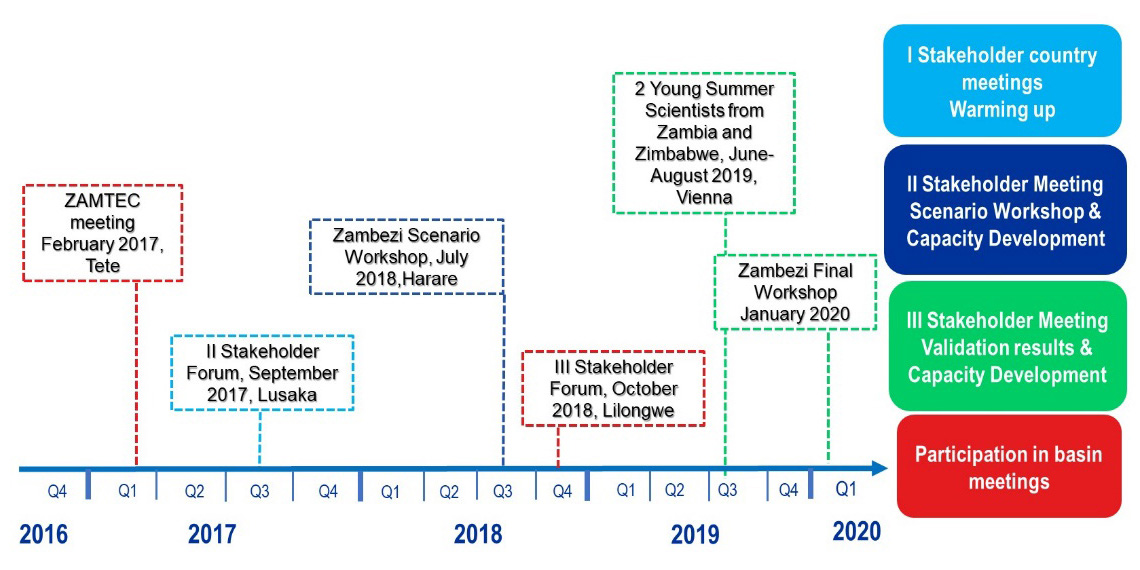
Summary of the meeting outcomes and activities:
Results
For Zambezi basin related results see here.

